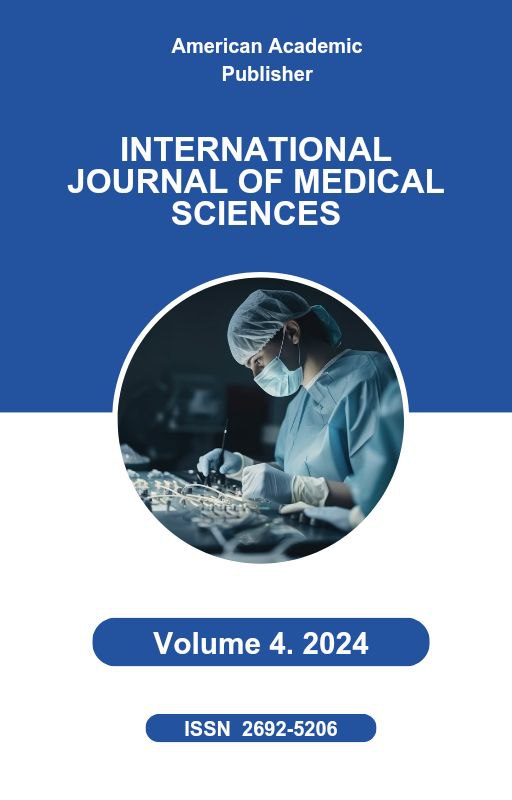 Articles
| Open Access |
https://doi.org/10.55640/
Articles
| Open Access |
https://doi.org/10.55640/
FOLLOW HYGIENE MEASURES TO AVOID INFECTIOUS DISEASES
Khajimatov Ravshanbek Sabirjanovich , "Kokand University" Andijan Branch Department of "Natural and Medical Sciences", Senior teacherAbstract
Infectious diseases remain a persistent global health challenge, largely facilitated by inadequate personal and environmental hygiene practices. Implementing proper hygiene measures—such as regular handwashing, appropriate food handling, routine cleaning of shared surfaces, and ensuring a safe water supply—can significantly curb the spread of pathogens. This article reviews the current literature on hygiene interventions, synthesizes findings from multiple studies, and provides a comprehensive analysis of the efficacy and feasibility of various hygiene-related measures. The results highlight that strict adherence to hygiene protocols reduces the incidence of infections and their corresponding morbidity rates. Through this examination, we underscore the importance of hygiene literacy and the need for public health policies that integrate hygiene education and infrastructure development. By following recommended hygiene measures, individuals and communities can mitigate infectious disease risks and improve overall public health outcomes.
Keywords
Hygiene, Infectious Diseases, Handwashing, Public Health, Environmental Sanitation, Disease Prevention
References
Aiello, A. E., Coulborn, R. M., Perez, V., & Larson, E. L. (2008). Effect of Hand Hygiene on Infectious Disease Risk in the Community Setting: A Meta-Analysis. American Journal of Public Health, 98(8), 1372–1381.
World Health Organization (WHO). (2020). WHO guidelines on hand hygiene in health care: a summary. WHO/IER/PSP/2009.07. Geneva: WHO.
Curtis, V., & Cairncross, S. (2003). Effect of washing hands with soap on diarrhoea risk in the community: a systematic review. The Lancet Infectious Diseases, 3(5), 275–281.
Freeman, M. C., Stocks, M. E., Cumming, O., Jeandron, A., Higgins, J. P., Wolf, J., … & Fewtrell, L. (2014). Hygiene and health: systematic review of handwashing practices worldwide and update of health effects. Tropical Medicine & International Health, 19(8), 906–916.
Clasen, T. F., Roberts, I., Rabie, T., Schmidt, W. P., & Cairncross, S. (2007). Interventions to Improve Water Quality for Preventing Diarrhoea. Cochrane Database of Systematic Reviews, (3), CD004794.
FAO/WHO. (2003). Assuring Food Safety and Quality: Guidelines for Strengthening National Food Control Systems. FAO Food and Nutrition Paper 76.
Otter, J. A., Yezli, S., Salkeld, J. A., & French, G. L. (2013). Evidence that contaminated surfaces contribute to the transmission of hospital pathogens and an overview of strategies to address contaminated surfaces in hospital settings. American Journal of Infection Control, 41(5 Suppl), S6–S11.
MacIntyre, C. R., & Chughtai, A. A. (2015). Facemasks for the prevention of infection in healthcare and community settings. BMJ, 350:h694.
Article Statistics
Downloads
Copyright License

This work is licensed under a Creative Commons Attribution 4.0 International License.

